Christian U. Grosse, Christian U. Grosse3540724478, 9783540724476
Civil Engineers and Materials Scientists from all over the world present their ideas for further material developments, the testing of structures and solutions for in situ applications. Many of the innovations, composites and the design of existing material mixes, especially for concrete, are discussed. These include high-strength and high-performance concrete (HPC), self-compacting concrete (SCC), shotcrete, and textile or fiber reinforced concrete (FRC).
Moreover, the enhancement of material variations and the improvement of their properties are observed for most construction materials (e.g. wood, masonry, steel, polymers).
This book gives a good overview about the state-of-the-art in construction material science. Some of the world s leading experts have contributed in honor of Professor Dr.-Ing. Hans W. Reinhardt. The book starts with a review about his scientific achievements up to his recent retirement. Some contributions are presented at the conference “Advances in Construction Materials” (ACM2007) held in July 2007 in Stuttgart.
Table of contents :
Table of Contents……Page 7
Brief Review of the Scientific Work of Prof. Dr.-Ing. Hans W. Reinhardt……Page 15
Towards a better visibility of outstanding research……Page 28
Part I: Aspects of Structural Engineering……Page 34
Actual tendencies in structural fastening technology……Page 35
Constitutive Laws for Concrete and their Application with Numerical Methods……Page 43
Innovations in concrete technology: Interaction between research, codes and applications……Page 51
Ultra-high performance concrete for the roof of a research hot water storage……Page 60
Numerical modelling of cam-pocket coupling systems for concrete lining……Page 68
Uncertainty models for safety assessment of textile reinforced concrete structures……Page 77
Structural design of a large foundation slab close to reality, stiffness oriented design method CTD……Page 85
Steel castings in architecture and engineering……Page 93
Load-bearing and deformation behaviour of concrete beams reinforced in combination of both steel bars and bars made of glass fibre reinforced plastic (GFRP)……Page 119
Part II: Fiber Composites……Page 127
Mechanical and Fracture Mechanical Properties of Fine Grained Concrete for TRC Structures……Page 128
Enriched finite element representation of 2D multi-cracking and debonding in textile reinforced concrete……Page 139
Fracture properties of high-strength hybrid fiber-reinforced concrete……Page 147
Textile Reinforced Concrete – A new Composite Material……Page 155
Viscoelastic behavior of a strain hardening Ultra High Performance Fiber Reinforced Concrete……Page 165
Ductility and Fatigue Behaviour of Polymer-Modified and Fibre-Reinforced High-Performance Concrete……Page 173
Bond Cracking and Tension Stiffening Properties of a Deformed Bar Embedded in HPFRCC……Page 181
Tensile strain-hardening FRC composites: Historical evolution since the 1960……Page 189
UHPFRC protection layer on the crash barrier walls of a bridge……Page 211
Scale effect and combined loading of thin UHPFRC members……Page 219
Hybrid fibre concrete: is there a synergetic effect?……Page 227
Ultra high performance fibre reinforced cement composite under dynamic loading……Page 237
An Experimental Study on Bending Behavior of Cementitious Composites Reinforced in Combination with Carbon Textile and Short-Cut PVA Fiber……Page 244
Part III: Repair Materials and Strengthening Methods……Page 259
Performance of concrete patch repair systems……Page 260
Repair of cracked reinforced concrete by injection after accidental loading……Page 268
Seismic strengthening of piers with partial use of high ductility cement……Page 274
Sprayed GFRP shear-strengthened reinforced concrete Beams under Impact Loading……Page 283
Part IV: High Temperature and Fire Resistance……Page 291
High Strength Fiber Composites for fabricating fire-resistant wood with improved mechanical properties……Page 292
Mechanical properties of SFRC at high temperatures……Page 301
Modifications of material properties due to elevated temperatures……Page 309
Part V: Corrosion and Durability……Page 317
Influence of cyclic loading on the degradation of mechanical concrete properties……Page 318
A material model for creep and fatigue applied to asphalt……Page 326
Simulation of the cyclic loading and damage behavior of gypsum composites……Page 335
Superabsorbent Polymers – An Additive to Increase the Freeze-Thaw Resistance of High Strength Concrete……Page 350
Corrosion products pressure needed to crack the concrete cover……Page 358
Failure mechanisms in fatigue of high strength steel wires for cable-constructions……Page 370
Durability aspects of AR-glass-reinforcement in textile reinforced concrete, Part 1: Material behaviour……Page 380
Durability aspects of AR-glass-reinforcement in textile reinforced concrete, Part 2: Modelling and exposure to outdoor weathering……Page 388
Stress corrosion cracking mechanism of prestressing steels in bicarbonate solutions……Page 395
Moisture Transport in Concrete – Field Tests and Hygrothermal Simulations……Page 403
Impact of Freeze-Thaw Degradation on FRP-Concrete Interface Fracture……Page 417
Effective chloride barrier for reinforced concrete structures in order to extend the service-life……Page 425
Part VI: Properties, Modeling and Testing of Fresh Concrete……Page 436
Setting and hardening of cement based materials: which differences between mortars and concretes?……Page 437
Mechanical properties of cement mortars with superabsorbent polymers……Page 446
Formwork Pressure of Concretes with high Workability……Page 458
Modern statistical methods for accessing the hardening process of concrete……Page 466
Virtual concrete laboratory – Continuous numerical modelling of concrete from fresh to the hardened state……Page 473
Detection of early-age cracking due to restrained autogenous shrinkage……Page 483
Ultrasonic and calorimetric measurements on fresh concrete with blast-furnace slag……Page 491
Fresh concrete pressure in diaphragm wall panels and resulting deformations……Page 499
SCC and UHPC – Effect of Mixing Technology on Fresh Concrete Properties……Page 507
Analytical model for hydration of blended cement……Page 517
Nucleation and growth of C-S-H phases on mineral admixtures……Page 524
Improving the slipform process via material manipulation……Page 532
Part VII: Non-destructive Testing Methods and Applications……Page 540
Sensing methods in civil engineering for an efficient construction management……Page 541
Fast Non-Destructive Localisation of Prestressing Steel Fractures in Post-Tensioned Concrete Bridges……Page 554
New Possibilities for Ultrasonic Imaging of Concrete Elements……Page 566
Quantitative Non-Destructive Testing: The integration of non-destructive testing and probabilistic fracture mechanics……Page 574
Advances in the in-situ assessment of construction materials……Page 582
Detection and analysis of microcracks in high-performance cementitious materials……Page 597
Acoustic Emission Techniques for Rebar Corrosion in Reinforced Concrete……Page 605
Online-Monitoring of Thermal Restraint Stresses for a Railways Trough Structure due to the Coupling of Trough and Underwater Concrete Slab……Page 612
Radar and Fusion for Concrete Elements……Page 620
Inspection of Prestressed Concrete Members using the Magnetic Leakage Flux Measurement Method – Estimation of Detection Limit……Page 628
Part VIII: Environment and Sustainability……Page 639
Abatement of Acid Mine Drainage Using Industrial Waste Products……Page 640
Finely Ground Sand Fraction of Concrete Rubble as a Supplementary Cementitious Material……Page 653
Numerical Simulation of Air-Steam Leakage Behaviour of Reinforced Concrete Walls……Page 660
Sustainable building with concrete – a holistic approach along the Life-Cycle……Page 668
Dangerous Substances in Building Materials – Emissions from PCB Coated Ceiling Panels – Polychlorinated Biphenyls (PCB) in Indoor Air……Page 676
Demountable concrete buildings, structural design of floor slabs with concrete elements and aluminium foam……Page 682
Reduction of the Penetration of Water-Hazardous Liquids into Concrete using Silica Fume and Polymer Dispersions……Page 695
Part IX: Mechanical and Thermal Properties of Materials……Page 704
Tension Softening Curves Described by Algebraic Formulas and Artificial Neural Networks……Page 705
Effects of a clay additive on the properties of no-slump concrete……Page 713
Development of thermal insulation materials with granular phase change composite……Page 722
Examination of the relation between tensile/flexural strength and compressive strength of autoclaved aerated concrete according to prEN 12602……Page 730
Modern perspectives on aggregate in concrete……Page 738
Research developments and experimental data on dynamic concrete behaviour……Page 746
C……Page 755
D……Page 756
F……Page 757
H……Page 758
L……Page 759
O……Page 760
R……Page 761
S……Page 762
T……Page 763
Z……Page 764
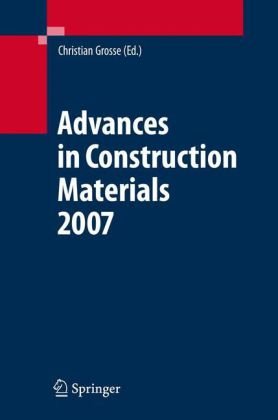

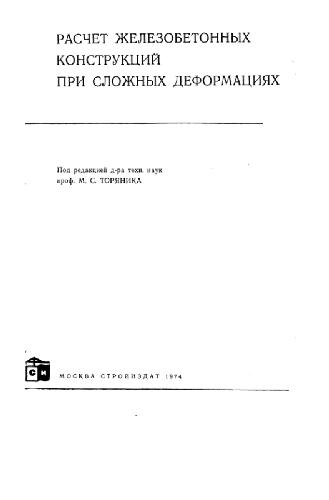
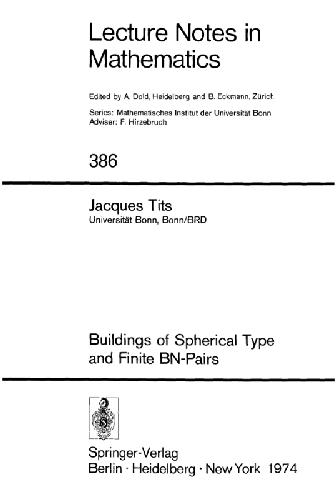
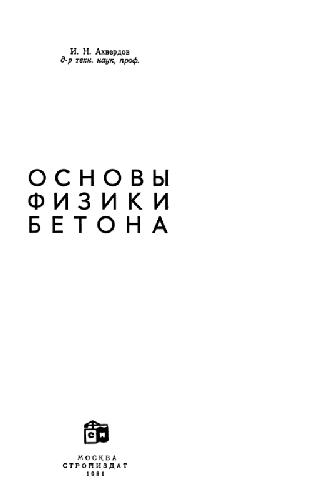
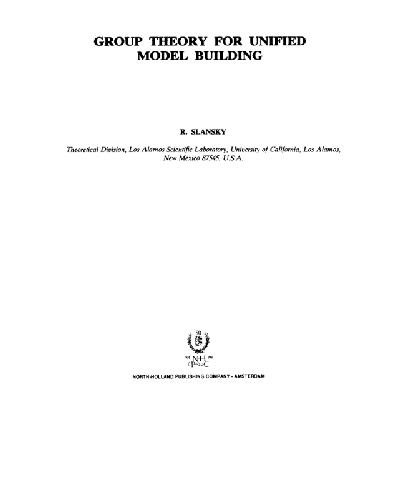

Reviews
There are no reviews yet.